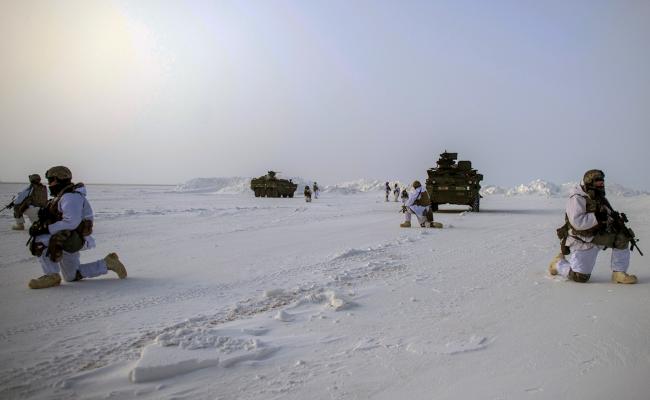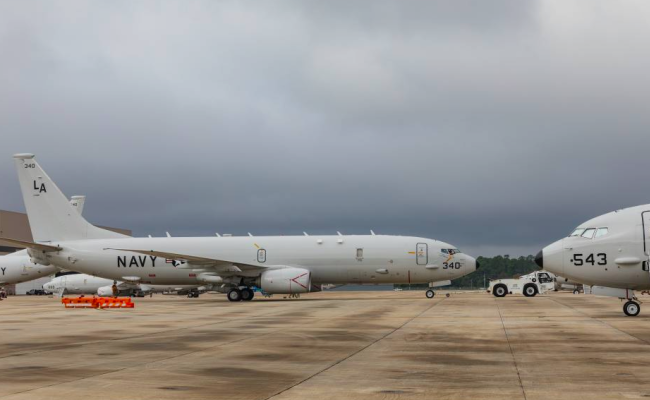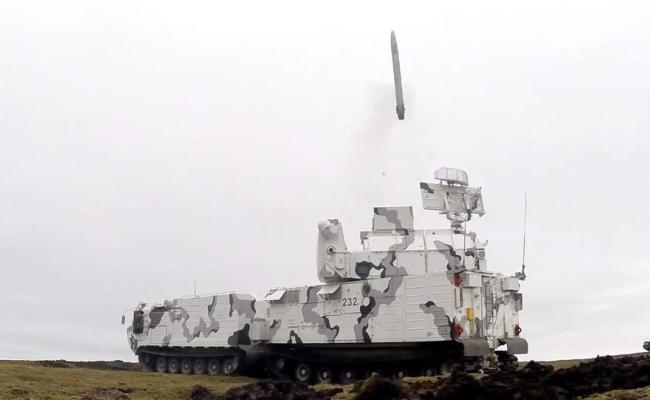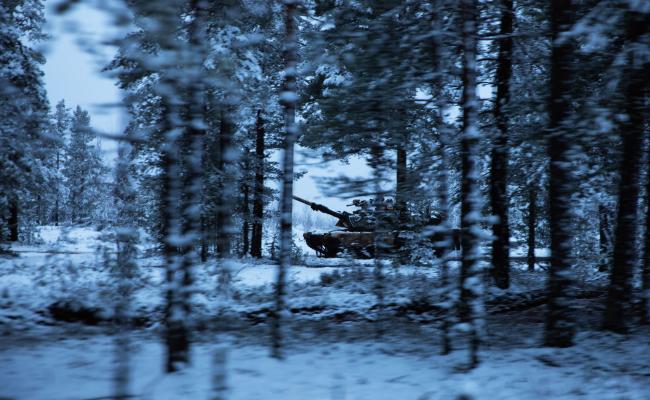US Department of Defense Working on Updated Arctic Strategy

U.S. Army paratroopers jump over the Malemute Drop Zone in Alaska in March 2023. (Source: U.S. Air Force photo by Alejandro Peña)
The Pentagon is in the process of updating its Arctic strategy, Assistant Secretary of Defense Melissa Dalton said during the Arctic Encounters conference last week. The Department of Defense’s current Arctic strategy was released in June 2019.
Following the release of the National Strategy for the Arctic last year and updated Arctic language in the 2022 National Security Strategy and National Defense Strategy, US officials are now engaged in revising the Department of Defense’s (DoD) Arctic Strategy.
The current version was released in June 2019.
“Alaska is the reason that the United States can call itself an Arctic country, and the Arctic is critical for US security. The Arctic is critical to the defense of the US homeland. We will be updating the United States’ Arctic strategy which has not been updated since 2019,” explained Melissa Dalton, Assistant Sec. of Defense during public remarks at last week’s Arctic Encounter’s conference in Anchorage, Alaska.
The existing DoD Arctic Strategy described an increasingly uncertain region with “deepening and intensifying problematic strategic trends.”
It highlighted the Arctic’s increasingly complex security environment in a new “era of strategic competition” and “an avenue for great power competition and aggression.”
This is not just a default talking point.
It followed then-Secretary of State Pompeo’s remarks during the 2019 Arctic Council ministerial meeting in Rovaniemi during which he strongly rebuked Chinese and Russian “aggressive” efforts to challenge the region’s rules-based order.
New Arctic strategy for new times
Geopolitical developments, especially Russia’s invasion of Ukraine and Finland’s successful bid and Sweden’s application to join NATO, are certain to influence the DoD’s new Arctic Strategy.
Furthermore, the US has stepped up bilateral engagement with its Nordic allies and within NATO since the release of the 2019 document.
“The new DoD Arctic Strategy should emphasize the increased importance in the role of Arctic allies and U.S. defense commitment to Arctic partner nations. This is not just a default talking point,” explains Troy Bouffard, Director of the Center for Arctic Security and Resilience at University of Alaska Fairbanks, to High North News.
In recent months the US has signed or is working on bilateral defense agreements with several Nordic countries, including Norway, and participated in a number of exercises in the region including Arctic Forge and Joint Viking.
The DoD has also established a new office for Arctic strategy late last year.
“The Arctic defense allies can collectively demonstrate regional security resolve more effectively and should complement the diplomatic efforts of the Arctic foreign affairs authorities. Working together with purpose also enhances deterrence in efforts to prevent destabilizing issues from emerging or escalating,” continues Bouffard.
Stronger language to counter Russia
In terms of updated language, Bouffard is expecting changes that reflect the altered circumstances of competitive hard security-related developments in the region.
“The West has collectively lost confidence that Russia can be trusted militarily, especially in a region where Moscow promotes and postures its intent to remain a dominant actor,” he elaborates.
While it remains to be seen to what degree the new DoD Strategy will make it an express goal to marginalize Russia in the region, “it could signal intent to marginalize Arctic dominance that the dubious Russian narrative presupposes,” according to Bouffard.
The impact of Ukraine on Russia’s conventional forces could also provide a window of opportunity for western Arctic allies.
“At the rate Russia is being consumed by the war in Ukraine as well as severely degraded Arctic development expected to continue as a result, the Arctic Allies could pursue and eventually claim the status as the prevailing force of the Arctic region,” Bouffard concludes.






